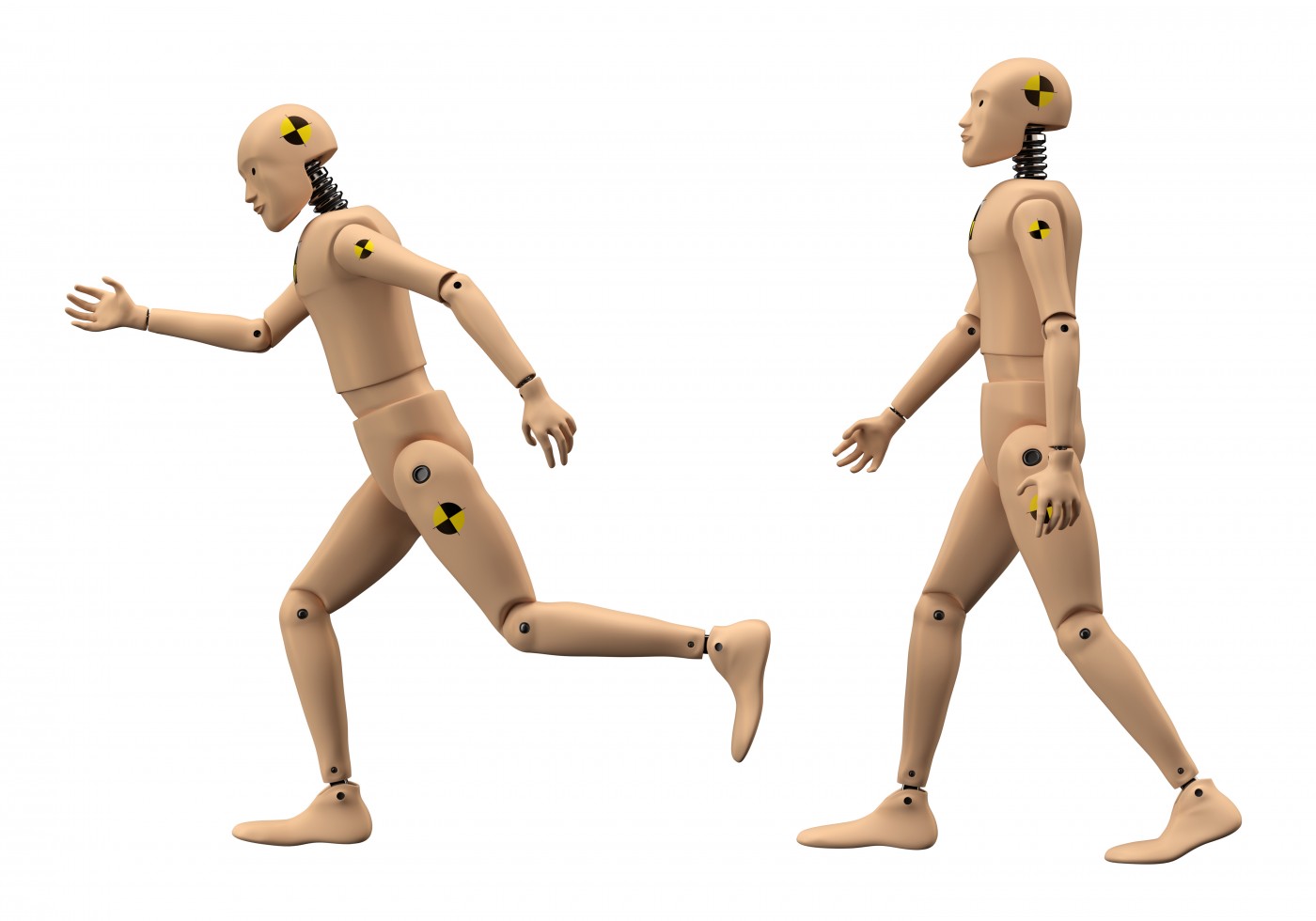Vibration Device, Equistasi, Seen to Aid Movement in Ataxia Patients in Small Study

Equistasi, a medical device, may improve limb and gait ataxia — a loss of control of voluntary muscular movement — in patients with hereditary cerebellar ataxia, such as Friedreich’s ataxia, but more studies are necessary to confirm these findings, researchers said.
The study, “A Wearable Proprioceptive Stabilizer For Rehabilitation Of Limb And Gait Ataxia In Hereditary Cerebellar Ataxias: A Pilot Open-Labeled Study,” was published in the journal Neurological Sciences.
Equistasi is a medical device consisting of a rectangular plate exclusively composed of nanotechnology fibers that transform the body temperature into mechanical vibratory energy. This device helps coordinate movement, and has been tested in patients with movement diseases such as Parkinson’s, but whether it may also benefit patients with Friedreich’s ataxia was unknown.
The study enrolled 11 adults with spinocerebellar ataxia (SCA) or Friedreich’s ataxia (FRDA), who were asked to wear Equistasi for three weeks. Clinical assessment was performed at study’s start, after device use (T1), and three weeks after stopping use of the device (T2). Measurements included the assessment and rating of ataxia (SARA) score, nine holes peg test (9-HPT), PATA dysarthria test, and the 6 minute walking test (6-MWT). Gait measurement was carried out using a portable inertial sensor (BTS-G-Walk).
Results showed that, between the start of the study and T1, patients presented significant improvements in SARA, 9HPT dominant hand, PATA test and 6MWT. They also improved in several gait measurement parameters. Despite a general worsening trend of all these parameters after device discontinuation, most parameters that had improved at T1 were not significantly different at T2.
“This small open-labeled study represents a first preliminary evidence that focal mechanical vibration exerted by a wearable proprioceptive stabilizer might improve limb and gait ataxia in patients affected by hereditary cerebellar ataxias,” researchers wrote. “Since our study was hypothesis-generating in nature, a larger study would be needed to confirm the findings herewith presented. Further wider randomized controlled studies are necessary to well establish effectiveness of this non-pharmacological rehabilitative therapeutic approach to limb and gait ataxia in hereditary cerebellar ataxias.”
Friedrich’s ataxia is an incurable pediatric neurodegenerative disease that derives from a mutation in the frataxin gene (caused by repeats of a DNA sequence, known as GAA repeat expansion), which impairs the normal expression of the frataxin protein. These expansions cause a substantial reduction in frataxin protein levels, with consequences at the cellular level.
Low levels of frataxin are responsible for several clinical manifestations, such as ataxia, muscle weakness, abnormal sensitivity of the limbs, and several alterations in the structure of brain regions such as the cerebellum.






